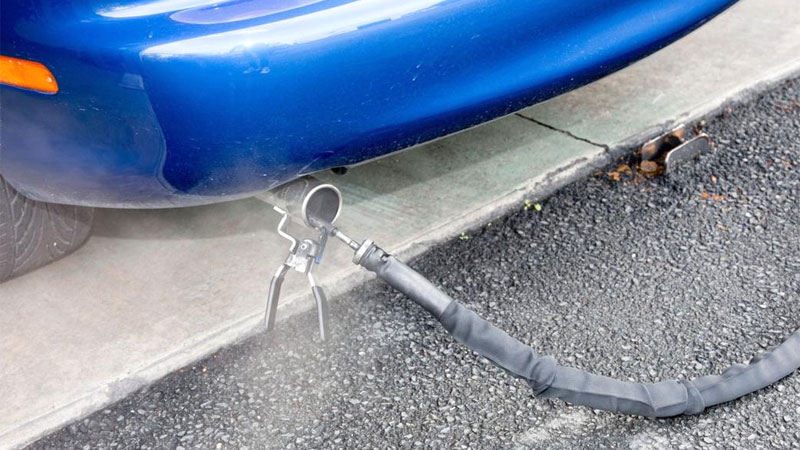

Some therapies can also help treat symptoms and causes of hypercapnia. antibiotics for respiratory infections, such as pneumonia or acute bronchitis.Inhaled or oral corticosteroids, which help keep airway inflammation to a minimum.bronchodilators, also known as inhalers, which help your airway muscles work properly.Some medications can help you breathe better, including:

This is especially important if you have an underlying condition or if you’ve experienced respiratory failure and can’t breathe very well on your own. These treatments allow you to get consistent oxygen to balance your CO 2 levels. You may also be intubated, which is when a tube is inserted through your mouth into your airways to help you breathe. If you are hospitalized for severe symptoms, you may be put on a ventilator to make sure you can breathe properly. Your doctor will likely recommend you stop smoking or limit your exposure to fumes or chemicals if they’ve caused COPD-related hypercapnia. If an underlying condition is causing your hypercapnia, your doctor will set up a treatment plan for the symptoms of your condition. This protein comes from the liver and is used by your body to keep the lungs healthy. In rare cases, hypercapnia can be caused by a genetic condition in which your body doesn’t produce enough of a protein called alpha-1-antitrypsin.

This compromises the airflow in and out of the lungs, making it harder to take in oxygen and get rid of CO 2. Over time, COPD causes the alveoli (air sacs) in your lungs to lose their ability to stretch as they take in oxygen.ĬOPD can also destroy the walls between these alveoli. Chronic bronchitis and emphysema are two common examples of COPD.ĬOPD is often caused by smoking or breathing harmful air in polluted environments. Hypercapnia can have several causes, including:ĬOPD is a term describing a group of progressive lung conditions that make it harder to breathe.


 0 kommentar(er)
0 kommentar(er)
